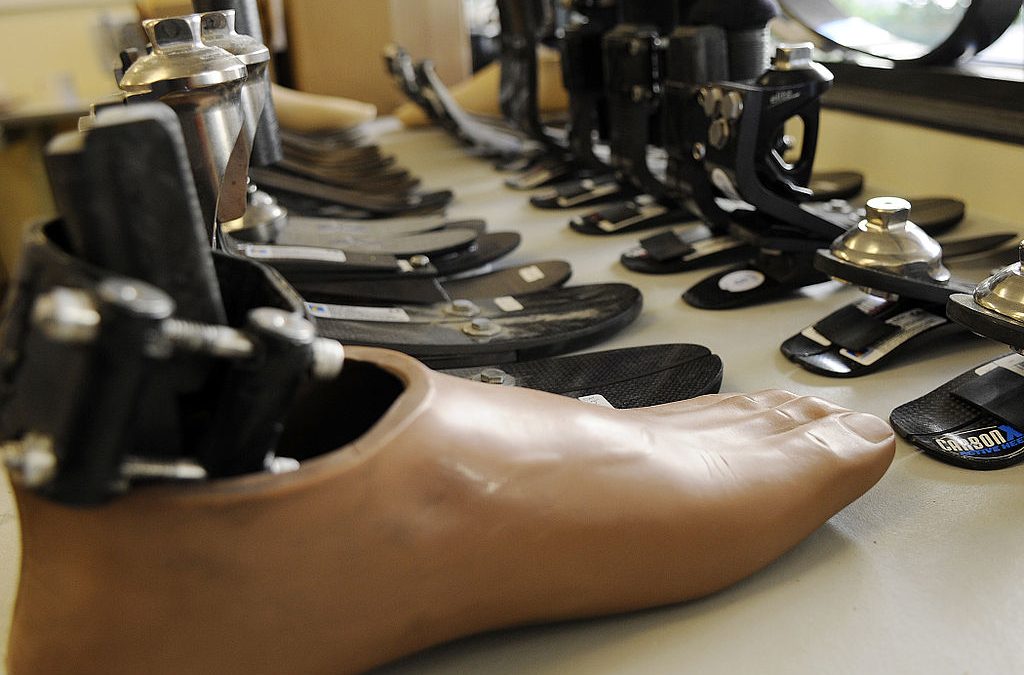Wonder material graphene has proven far more than its weight in gold when it comes to technological innovation, and it appears the possibilities keep on growing. As one particularly promising example, the material was recently used to create solar-powered skin that would allow amputees using prosthetics to regain the sense of touch.
The development comes thanks to engineers from the University of Glasgow, who had previously developed ‘electronic skin’ that covers graphene-based prosthetics. The engineers were able to harness some of the material’s incredible properties to use the sun’s energy to power skin.
Among graphene’s other properties—flexibility, super-strength, and conductibility to name a few—the material has an optical transparency, allowing 98% of the light that strikes it to pass through its surface. This property makes graphene ideal for gathering energy from the sun to harness power.
The innovation was detailed in a paper published in the Journal of Advanced Functional Materials, describing how Dr. Dahiya and his colleagues at Bendable Electronics and Sensing Technologies (BEST) succeeded in integrating power-generating photovoltaic cells into the electronic skin capable of touch sensitivity.
According to Dr. Dahiya, the steps they have made could lead to prosthetics capable of performing difficult tasks like gripping soft materials, and have utilized 3D printing to make said prosthetics more affordable. By forming an active student organization called “Helping Hands,” he hopes to develop lower-cost tactile skin that allows amputees to regain lost sensory feeling.
Touch sensitive-skin is not only useful for amputees, but robots that can make decisions about human safety by developing the ability to sense physical dangers in a work environment, like construction.
The next step for graphene skin? Perfecting the energy-generation capability. Right now, the electronic skin requires 20 nanowatts per square centimeter, a fairly easy requirement to meet. The team is looking into ways to store energy in batteries, with the goal being to develop an entirely energy-autonomous prosthetic limb.
Such an innovation could make a world of difference in healthcare. As the team recently received funding from the Scottish Funding Council, here’s to hoping we see this technology shine sooner rather than later.

